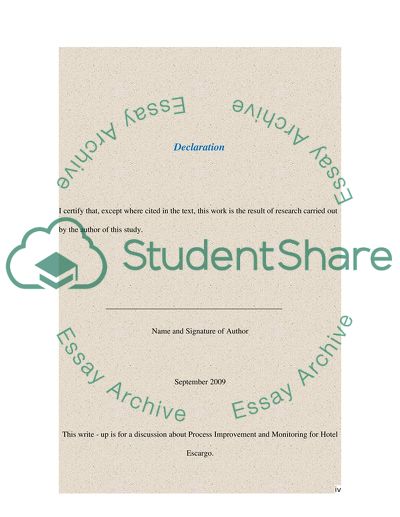Cite this document
(Process Improvement and Monitoring for Hotel Escargo Case Study, n.d.)
Process Improvement and Monitoring for Hotel Escargo Case Study. Retrieved from https://studentshare.org/tourism/1726850-control-and-six-sigma
Process Improvement and Monitoring for Hotel Escargo Case Study. Retrieved from https://studentshare.org/tourism/1726850-control-and-six-sigma
(Process Improvement and Monitoring for Hotel Escargo Case Study)
Process Improvement and Monitoring for Hotel Escargo Case Study. https://studentshare.org/tourism/1726850-control-and-six-sigma.
Process Improvement and Monitoring for Hotel Escargo Case Study. https://studentshare.org/tourism/1726850-control-and-six-sigma.
“Process Improvement and Monitoring for Hotel Escargo Case Study”, n.d. https://studentshare.org/tourism/1726850-control-and-six-sigma.


